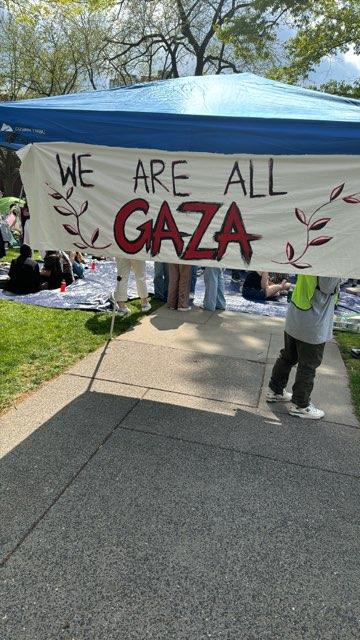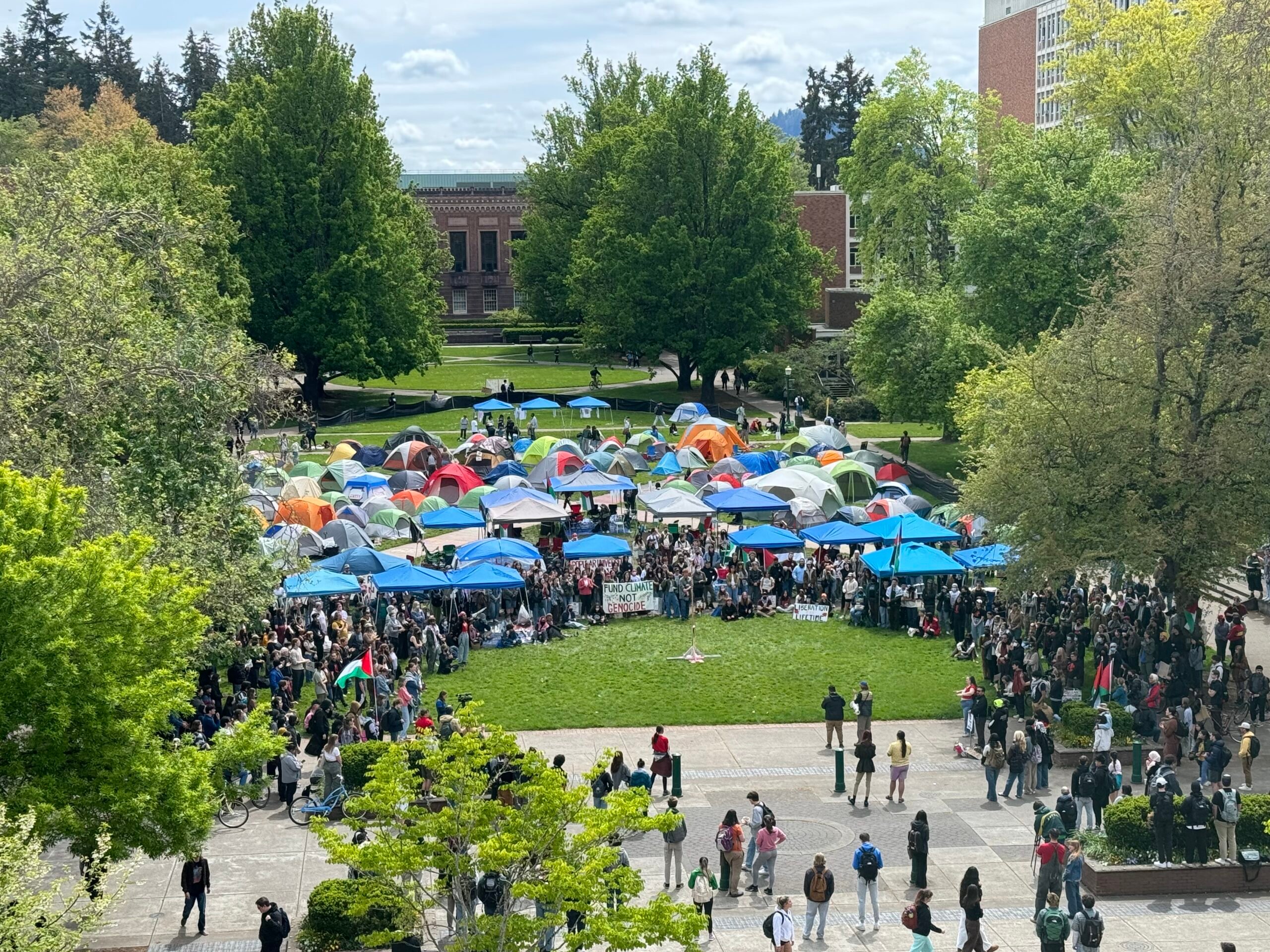
In today’s New Jersey real estate market, culture and environment are driving decision-making more than ever before. As a result, the willingness of real estate professionals, municipalities and the broader community to listen and collaborate has become increasingly critical for ensuring the successful evolution of our cities and towns.
In recent years, New Jersey’s municipalities, in particular, have shown an enhanced interest in working with the commercial real estate developers to bring much-needed commercial and community options into their communities. This trend has been widespread across the state, ranging from Jersey City—the state’s second biggest city—right to our backyard here in Teaneck. It is the time spent, and forethought demonstrated, by local municipalities that has led to the creation of 24/7 lifestyle-oriented communities in places like downtown Jersey City—which is now arguably one of the most vibrant markets within the state. Jersey City is unique in that it has always been a true urban center, but there is still much that can be learned from the city’s recent revitalization.
Collaboration between the public and private sectors has already been used as a blueprint for success in other areas of the state and we can expect it to become increasingly common. That’s not to say that all communities will—nor should they—urbanize, but there are real opportunities that exist for municipalities throughout New Jersey to bring in smart development that is tailored to the needs of their individual city or town.
Of course, we don’t have to look down to Jersey City to see this phenomenon play out. The recently completed and in-progress commercial real estate development in Teaneck has already enhanced the immediate area for its residents, while aiding the community’s overall expansion. There is a new wave of multifamily housing development under way, which includes the new seven-story property at 1475 Palisade Ave. that is set to open this spring, AvalonBay Communities’ planned 248-apartment complex at 1775 Windsor Road and BNE Real Estate’s planned 228-apartment complex at 1500 Teaneck Road. This specific development push is geared toward meeting the current need that exists in Teaneck for quality—yet accessibly priced—housing, but it will benefit the town’s single-family homeowners by easing their tax burden.
The municipality in Teaneck has also placed an emphasis on enhancing the vibrancy of the town through the addition of a number of lifestyle-oriented retail and dining options, many of which are located in the immediate vicinity of one another on Cedar Lane. Through all of this development, the township has been successful in setting Teaneck apart as an increasingly vibrant locale—one that warranted the addition of Alfred Sanzari’s two new hotels, the Hampton Inn & Suites by Hilton and Homewood Suites by Hilton brands, in the town’s Glenpointe complex.
Our investment sales team at commercial brokerage firm CBRE is proud to have played its own small part in Teaneck’s growth, through our facilitation of the sale of a former data center located on Palisades Avenue. The previously underutilized property has now been redeveloped as the Yeshivat He’atid elementary school, where more than 400 students—a number that is climbing each year—go to learn every day.
Public/private commercial real estate collaboration has many direct benefits for an area’s residents and workers—for example, the creation of brand new apartment complexes or the addition of sought-after retail and dining options, as seen in Teaneck. In a sense, real estate can serve as an amenity to an entire community, while boosting the overall feel of a neighborhood at the same time.
Beyond those direct impacts, however, are the lesser-recognized, secondary perks that can end up being equally beneficial to a community’s residents. The tax revenue generated through any new project will ultimately benefit the public, as—much of the time—this revenue is spent on the improvement of public community spaces and infrastructure, as well as on school systems. Sometimes, the new revenue generated through a project can even reduce the property tax burden for residents, as it will in Teaneck.
While Teaneck is only one example of a municipality in the state that has come to embrace smart development over the years, there are many others that are following suit. Though a certain degree of resistance to change will always exist in New Jersey and beyond, we in the real estate community will continue to work hand in hand with the public sector to create 21st-century, experience-oriented developments that will ultimately help our cities and towns to thrive.
By Elli Klapper and Charles Berger
Elli Klapper and Charles Berger are first vice presidents of Investment Properties at CBRE.












